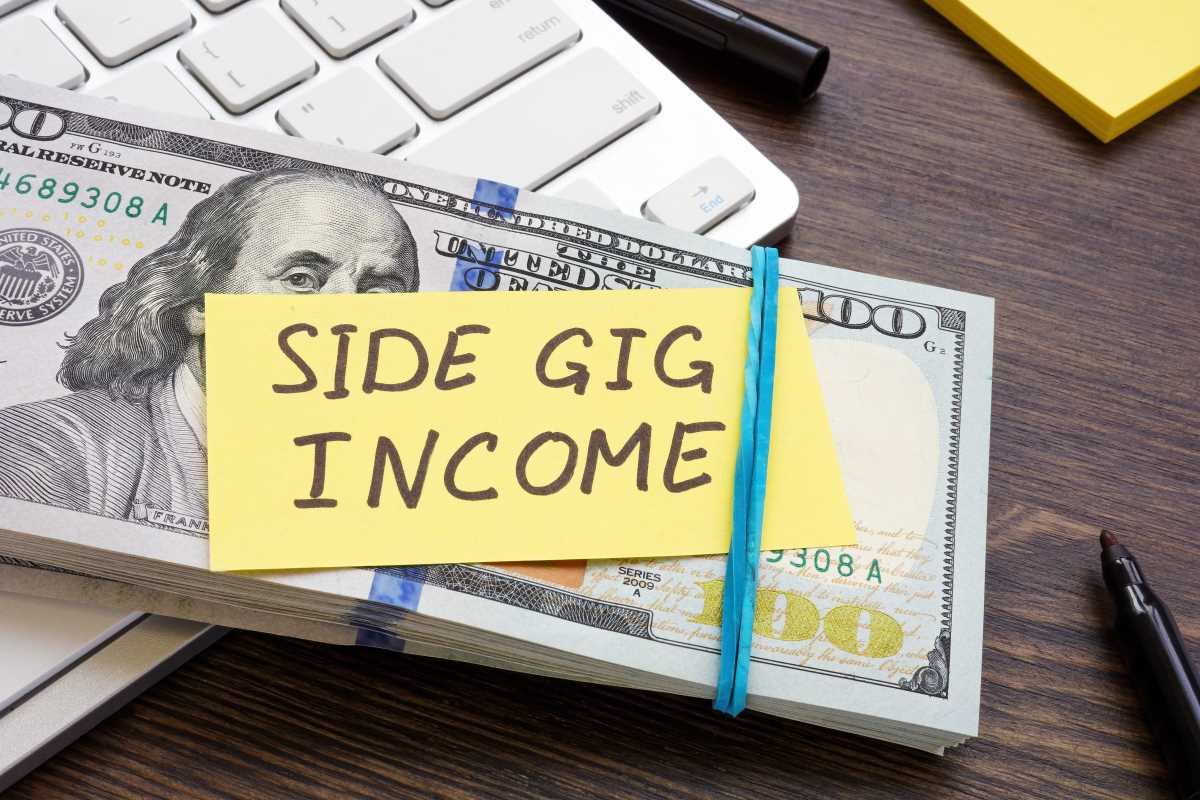So, you’re thinking about buying a home? That’s awesome! Owning a home is a huge step, but we all know it’s not exactly cheap. The good news is that with some smart saving strategies, you can make your dream home a reality without feeling overwhelmed by the price tag. As a financial expert, I’m here to share some clever and easy ways to save for a new home purchase.
1. Set a Clear Goal
Before you start saving, it’s important to know exactly how much you need. This means figuring out the price range for homes in your area. Don’t forget to include costs beyond just the price of the home, like closing fees, property taxes, and home insurance.
Once you have a target amount in mind, break it down into smaller, manageable goals. For example, if you want to save $20,000 for a down payment in 2 years, that means you need to save about $833 a month. Having a clear goal will help you stay motivated.
2. Open a High-Yield Savings Account
It can be tempting to keep your savings in your regular checking account, but this makes it easy to spend money you’ve set aside for your home. Instead, open a separate savings account specifically for your home fund. This way, you can easily track how much you’ve saved and avoid accidentally dipping into it for non-essential expenses.
Some banks even offer high-yield savings accounts that earn you more interest, which can help your money grow faster. You’ll want an account that’s easy to access when the time comes to use it, but it should also be a bit of a hassle to withdraw from so you’re less likely to spend it on impulse purchases.
3. Automate Your Savings
The best way to make saving a habit is to automate it. Set up a monthly transfer from your checking account to your home savings account. This way, the money is moved automatically, and you don’t have to remember to do it every month. Treat it like a bill you have to pay—except this bill is helping you reach your goal of buying a home!
Even if you can’t put a huge amount aside each month, the key is to start. As little as $50 to $100 a month adds up over time.
4. Cut Back on Unnecessary Expenses
To speed up your home savings, take a close look at your monthly expenses and see where you can cut back. Are there subscriptions you don’t use? Can you eat out less or make your morning coffee at home? Small changes like these add up quickly and can free up extra cash for your home fund.
For example, if you cut out a $10 streaming service and a $5 daily coffee habit, that’s an extra $150 a month for your home savings! It doesn’t have to be a huge sacrifice—just a few simple tweaks to your lifestyle can make a big difference in the long run.
5. Save Your Windfalls
Windfalls are unexpected amounts of money, like tax refunds, work bonuses, or gifts. Instead of spending this money on something fun, put it straight into your home savings account. If you get a $1,000 tax refund, for example, deposit it into your home fund. These little boosts can really help you reach your savings goal faster.
Another windfall you might get is a raise at work. If your pay increases, try not to increase your spending. Instead, put the extra money into your home savings account. If you’re used to living on your old salary, you won’t even miss the extra amount.
6. Look for Extra Income Opportunities
If you want to save even more, consider finding ways to earn extra cash. This could mean taking on a side job, doing freelance work, or even selling unused items around the house. Platforms like Uber, TaskRabbit, or Upwork offer flexible ways to make extra income, depending on your skills.
Even earning an extra $200 a month can make a big difference over time. The key is to find something you enjoy that can fit into your schedule. This extra money can go straight into your home savings, putting you one step closer to your goal.
7. Take Advantage of First-Time Homebuyer Programs
If you’re a first-time homebuyer, there may be local, state, or federal programs that can help you with down payment assistance, tax credits, or lower interest rates. Research these programs to see if you qualify. They can give you a leg up and help make homeownership more affordable.
Programs like FHA loans and VA loans are designed to help first-time buyers with lower down payments, sometimes as low as 3.5%. The lower the down payment requirement, the less money you need to save up front.
8. Cut Down on Debt
Having too much debt can slow down your ability to save for a home. If you’re carrying a lot of high-interest credit card debt or personal loans, it might be a good idea to focus on paying that down before ramping up your savings. Reducing your debt load can also improve your credit score, which could help you secure a better mortgage rate when you’re ready to buy.
You don’t have to pay off all your debt before you start saving for a home, but it’s worth considering how you can balance paying off debt while saving for your new place.
9. Shop Around for the Best Mortgage Rate
When the time comes to buy your home, don’t just settle for the first mortgage offer you get. Shop around to find the best interest rate and terms that fit your budget. Even a small difference in interest rates can make a huge difference in the amount you’ll pay over the life of your loan.
You can also consider other types of mortgages, like adjustable-rate mortgages (ARMs), which might offer lower initial rates, though they do come with more risk. It’s all about finding the option that works best for you.
10. Be Patient and Stay Disciplined
Saving for a home isn’t a sprint—it’s a marathon. It may take months or even years to reach your goal, but staying disciplined and committed will pay off in the end. Celebrate your small wins along the way, like reaching your monthly savings goal or putting a windfall to good use. Each step gets you closer to homeownership.







